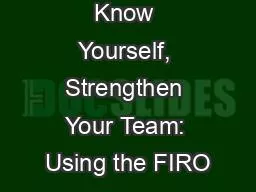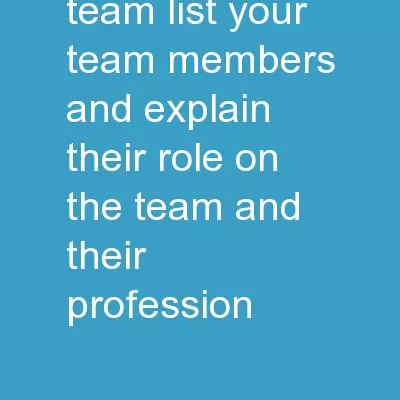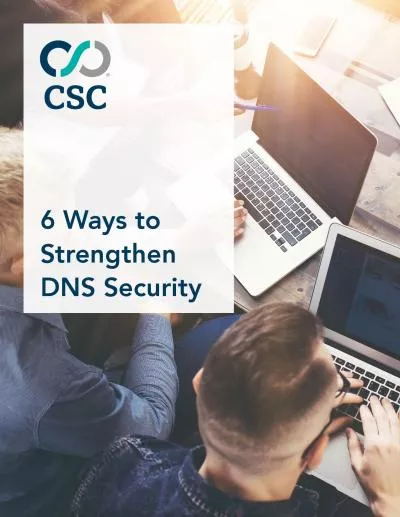PDF-Know Yourself, Strengthen Your Team: Using the FIRO
Author : numeroenergy | Published Date : 2020-11-19
Successful TeamsWhat behaviors do you see in successful teams Today146s AgendaUse the FIROFundamental Interpersonal Relations OrientationBehavior instrument to understand
Presentation Embed Code
Download Presentation
Download Presentation The PPT/PDF document "Know Yourself, Strengthen Your Team: Usi..." is the property of its rightful owner. Permission is granted to download and print the materials on this website for personal, non-commercial use only, and to display it on your personal computer provided you do not modify the materials and that you retain all copyright notices contained in the materials. By downloading content from our website, you accept the terms of this agreement.
Know Yourself, Strengthen Your Team: Using the FIRO: Transcript
Download Rules Of Document
"Know Yourself, Strengthen Your Team: Using the FIRO"The content belongs to its owner. You may download and print it for personal use, without modification, and keep all copyright notices. By downloading, you agree to these terms.
Related Documents














